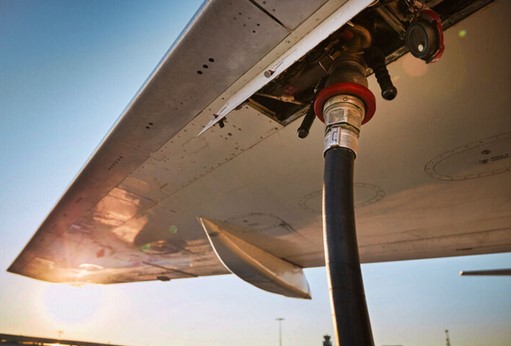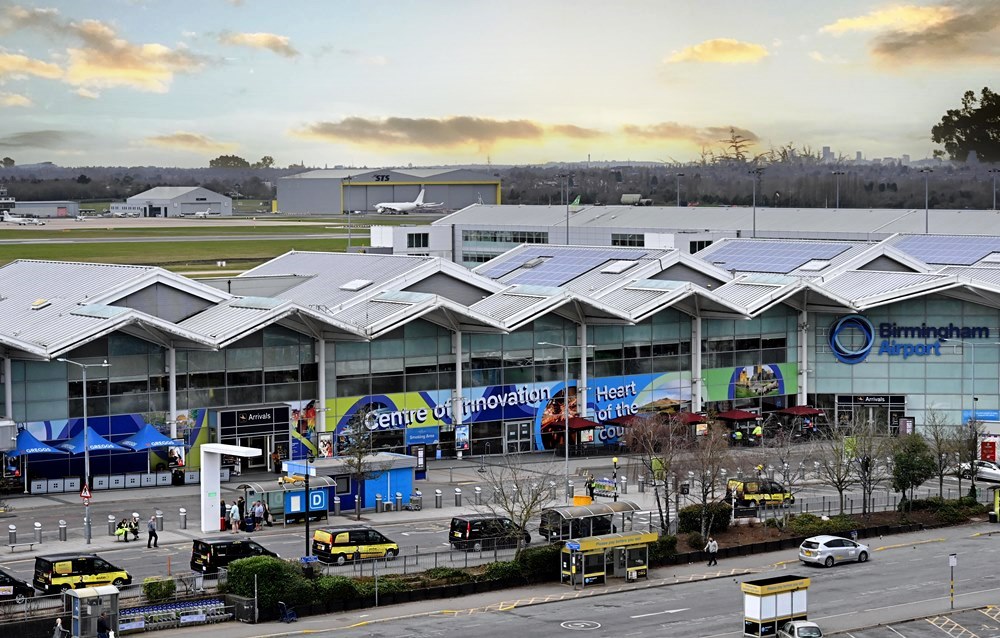IATA reports moderating passenger demand in November
Total revenue passenger kilometres (RPKs) rose 6.2% compared to November 2017, a slight deceleration from 6.3% growth in October. Capacity (available seat kilometers or ASKs) increased by 6.8% over the year-ago period, and load factor dipped 0.4 percentage point to 80.0%. It was only the third time in two years that load factor fell on a year-to-year basis.
.jpg)
Alexandre de Juniac (above), IATA’s Director General and CEO said: “Traffic is solid. But there are clear signs that growth is moderating in line with the slowing global economy. We still expect 6% demand growth this year. But trade tensions, protective tariffs and Brexit are all uncertainties that overhang the industry.”

International
November international passenger demand rose 6.6% compared to the year earlier period, up from 6.2% in October. All regions showed growth, led by carriers in Europe. Total capacity climbed 6.7%, and load factor dipped 0.1 percentage point to 78.4%.
• European carriers saw demand increase by 9.0% in November 2018, which was a nine-month high. Given the mixed signs on the economic backdrop in the region it is unclear whether this pace of growth can be sustained. Capacity climbed 9.1% and load factor slipped 0.1 percentage point to 82.1%, the highest load factor among the regions.
• Asia-Pacific airlines’ November traffic climbed 6.0% compared to the year-ago period, up from 5.7% growth in October. Capacity also rose 6.0% and load factor was flat at 79.1%. Growth is underpinned by rising living standards and continuing expansion of options for travelers.
• Middle East carriers had a 2.8% demand increase, which was the lowest among the regions for a third consecutive month. Capacity rose 5.6% and load factor slipped 1.9 percentage points to 69.0%.
• North American airlines’ traffic climbed 6.1%, in November, up from 5.7% in October and well ahead of the five-year average rate of 4.0%. Capacity rose 3.8% and load factor edged up 1.7 percentage points to 80.6%. Demand is supported by comparatively strong momentum in the US economy.
• Latin American airlines’ November traffic climbed 5.8% compared to November 2017, which was an increase from 5.2% growth recorded in October. Despite the increase, growth has slowed on a seasonally-adjusted basis. Capacity rose 6.6% and load factor slipped 0.6 percentage point to 80.6%.
• African airlines experienced a 5.7% rise in demand compared to November 2017, down from 6.4% in October but higher than the five-year average of 5.8%. Growth is occurring despite challenges in the continent’s largest economies, Nigeria and South Africa. Capacity rose 3.9% and load factor climbed 1.2 percentage points to 68.9%.
Domestic
Domestic travel demand rose 5.6% in November 2018 compared to the same month in 2017, its slowest pace in 11 months and down from 6.5% in October. All markets except Australia showed growth. Domestic capacity climbed 6.9%, and load factor dropped 1.0 percentage point to 82.8%.

• India’s domestic traffic rose 13.3% in November compared to November 2017, marking the 51st consecutive month of double-digit domestic growth. However, it was also the slowest increase in 16 months.
• Brazil’s domestic traffic rose to a four-month high of 5.3% in November, against a fragile economic backdrop.
Air freight
IATA's data for global air freight markets showed that demand, measured in freight tonne kilometres (FTKs), was flat (0%) in November 2018, compared to the same period the year before. This was the slowest rate of growth recorded since March 2016, following 31 consecutive months of year-on-year increases.
Freight capacity, measured in available freight tonne kilometers (AFTKs), rose by 4.3% year-on-year in November 2018. This was the ninth month in a row that capacity growth outstripped demand.
While international e-commerce continues to grow, overall demand faced significant headwinds:
• Signs of weakness in global economic activity;
• A contraction in export order books in all major exporting nations, with the exception of the US;
• Shorter supplier delivery times in Asia and Europe;
• Weakened consumer confidence compared to very high levels at the beginning of 2018.
“Normally the fourth quarter is a peak season for air cargo. So essentially flat growth in November is a big disappointment. While our outlook is for 3.7% demand growth in 2019, downside risks are mounting. Trade tensions are cause for great concern. We need governments to focus on enabling growth through trade, not barricading their borders through punitive tariffs,” said Alexandre de Juniac.

Regional performance
Three of the six regions reported year-on-year demand growth in November 2018 – North America, Middle East and Latin America. Asia Pacific, Europe and Africa all contracted.
Asia-Pacific airlines saw demand for air freight shrink by 2.3% in November 2018, compared to the same period in 2017. This was the first time since May 2016 that monthly year-on-year demand declined. Weaker manufacturing conditions for exporters and shorter supplier delivery times particularly in China impacted the demand. Capacity increased by 3.1%.
North American airlines posted the fastest growth of any region for the second consecutive month in November 2018 with an increase in demand of 3.1% compared to the same period a year earlier. Capacity increased by 6.3%. The strength of the US economy and consumer spending have helped support the demand for air cargo over the past year, benefiting US carriers.
European airlines experienced a contraction in freight demand of -0.2% in November 2018 compared to the same period a year earlier. Capacity increased by 3.1% year-on-year. Weaker manufacturing conditions for exporters, and shorter supplier delivery times particularly in Germany, one of Europe’s key export markets, impacted demand.
Middle Eastern airlines’ freight volumes expanded 1.7% in November 2018 compared to the same period a year earlier. Capacity increased by 7.8% over the same period. Seasonally-adjusted international air cargo demand has now trended upwards for the past six months helped by stronger trade to/from Europe and Asia.
Latin American airlines’ freight demand rose 3.1% in November 2018 compared to the same period in 2017. Capacity increased by 2.0%. International year-to-date demand recovered into positive territory, increasing 6.3%. The key markets, however, to and from the region are showing signs of weakness, particularly between South America and Europe, which contracted in year-on-year terms in October (last data available).
African carriers saw freight demand decrease by 7.8% in November 2018, compared to the same month in 2017. This was the eighth time in nine months that demand contracted. Capacity shrank 7.4% year-on-year. Demand conditions on all key markets to and from Africa remain weak. Seasonally-adjusted international freight volumes are 7% lower than their peak in mid-2017, nonetheless, they are still 28% higher than their most recent trough in late-2015.














